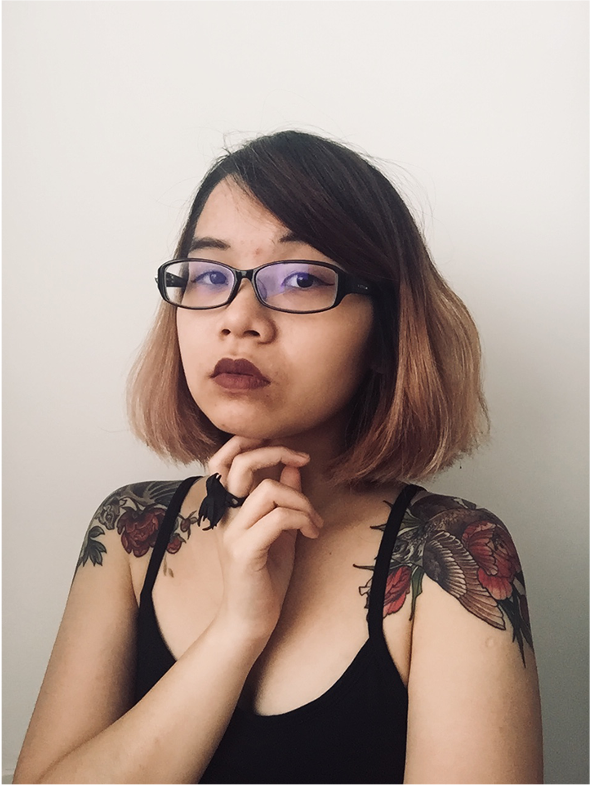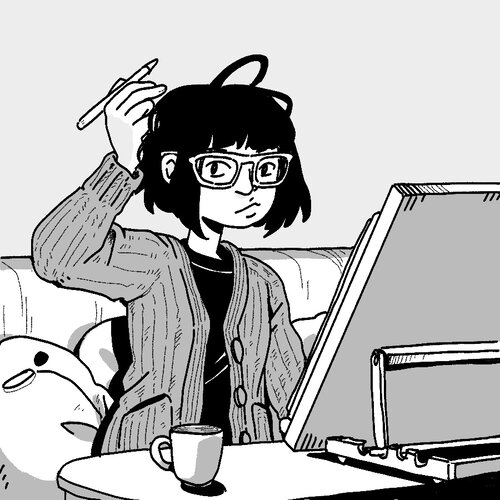
by Michele Kirichanskaya | Jul 8, 2022 | Blog
Reimena Yee is an illustrator, writer, and designer. Hailing from the dusty metropolis of Kuala Lumpur, Malaysia, she is now based in Melbourne, Australia. She once was a STEM student, but left to pursue her passion for the world and all its histories and cultures,...

by Michele Kirichanskaya | Feb 28, 2022 | Blog
Wendy Xu is a bestselling, award-nominated Brooklyn-based illustrator and comics artist. She is the creator of the middle grade fantasy graphic novel TIDESONG (2021 from HarperCollins/Quilltree) and co-creator of MOONCAKES, a young adult fantasy graphic novel...




